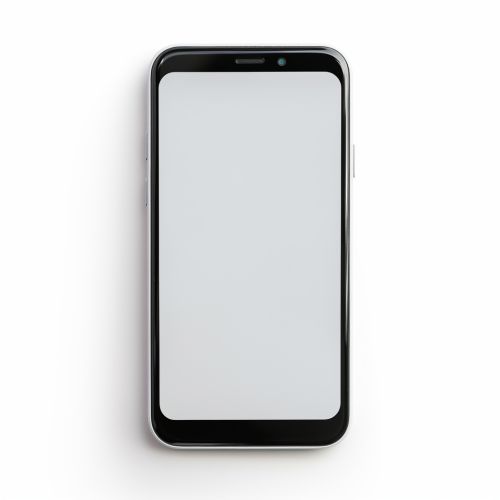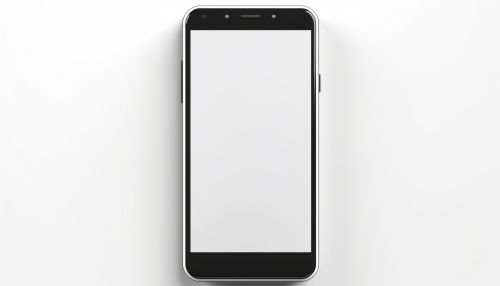Mobile Phone
Introduction
A mobile phone, also known as a cell phone or cellular phone, is a portable device that can make and receive calls over a radio frequency link while the user is moving within a telephone service area. The radio frequency link establishes a connection to the switching systems of a mobile network operator, which provides access to the public switched telephone network (PSTN). Modern mobile telephone services use a cellular network architecture and, therefore, mobile telephones are often also called cellular telephones or cell phones.


History
The concept of mobile telephony began in the early 20th century with experiments in wireless telephony, including the use of radio waves for the transmission of speech and data. However, it was not until the 1940s that the technology began to be developed in earnest, with the introduction of the Mobile Telephone Service (MTS) in the United States.
Technology
Mobile phones operate on a unique technology known as cellular technology. This technology divides a geographical region into small areas known as cells. Each cell has a base station that uses radio waves to communicate with mobile phones located within its cell. When a mobile phone moves from one cell to another, a handoff is made from the base station in the first cell to the base station in the second cell.
Features and Applications
Modern mobile phones are much more than just communication devices. They are now multifunctional devices that offer a range of features and applications, including internet browsing, email, instant messaging, social media, music and video playback, cameras, games, GPS navigation, and many other features.
Impact on Society
The widespread adoption of mobile phones has had a profound impact on society. They have changed the way we communicate, work, and play, and have even influenced the development of social norms and cultural practices.
